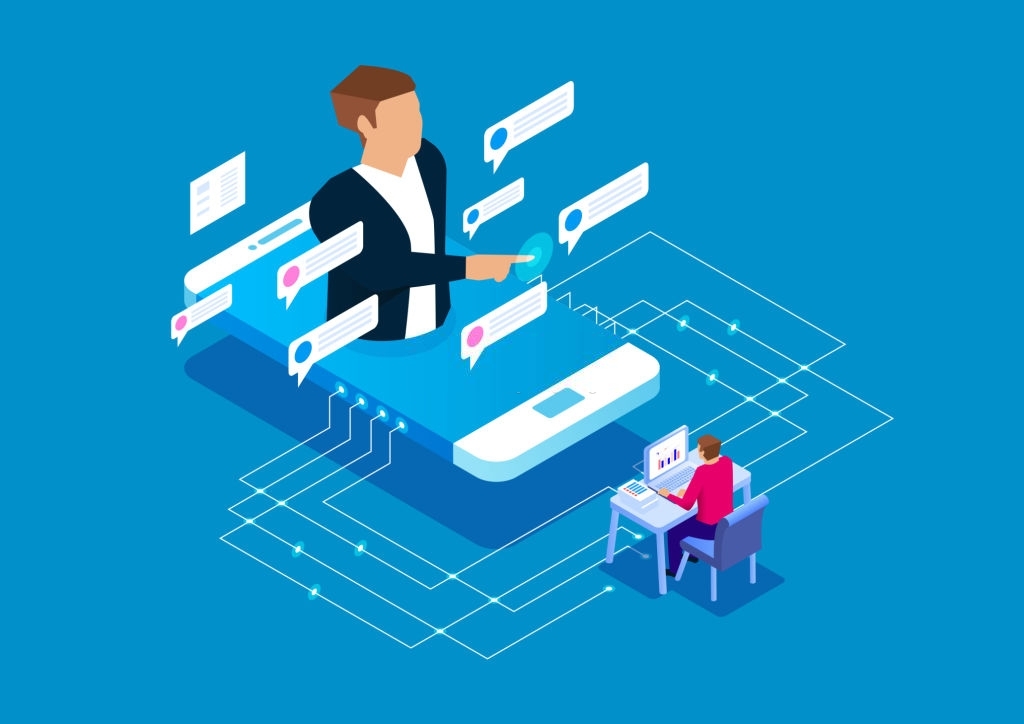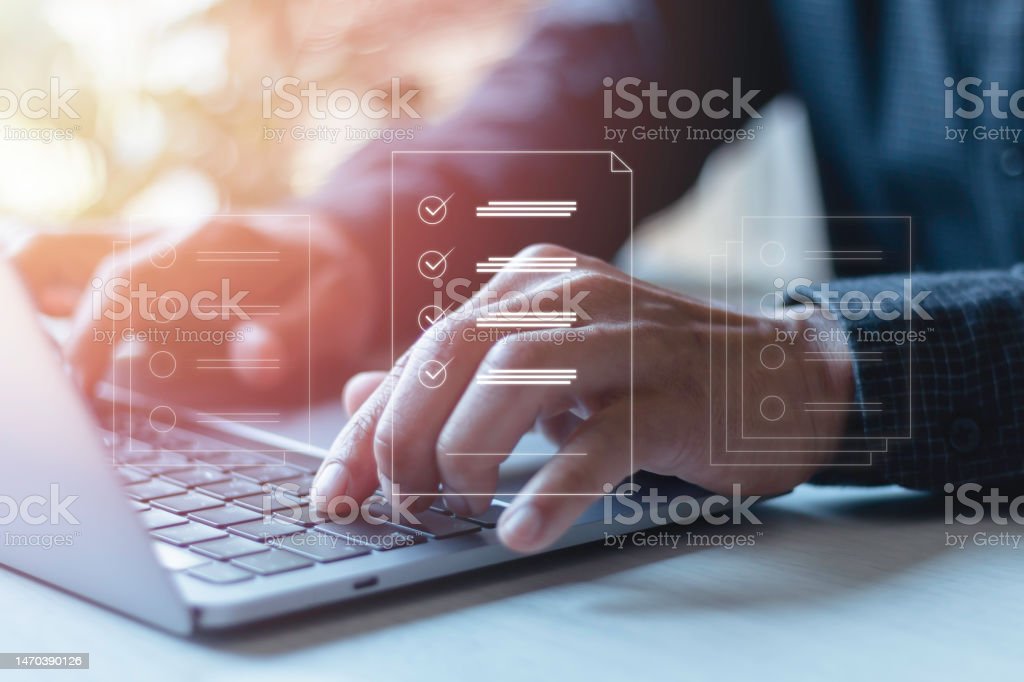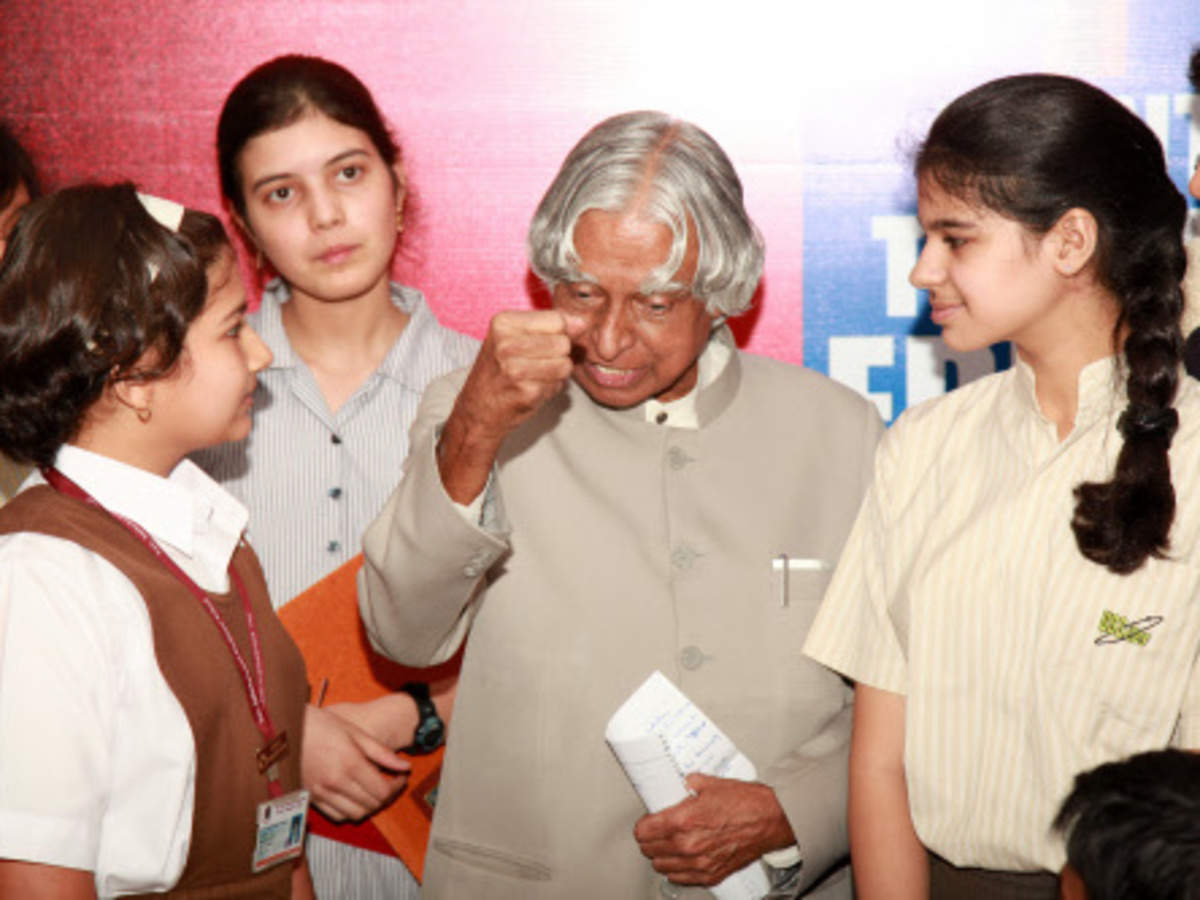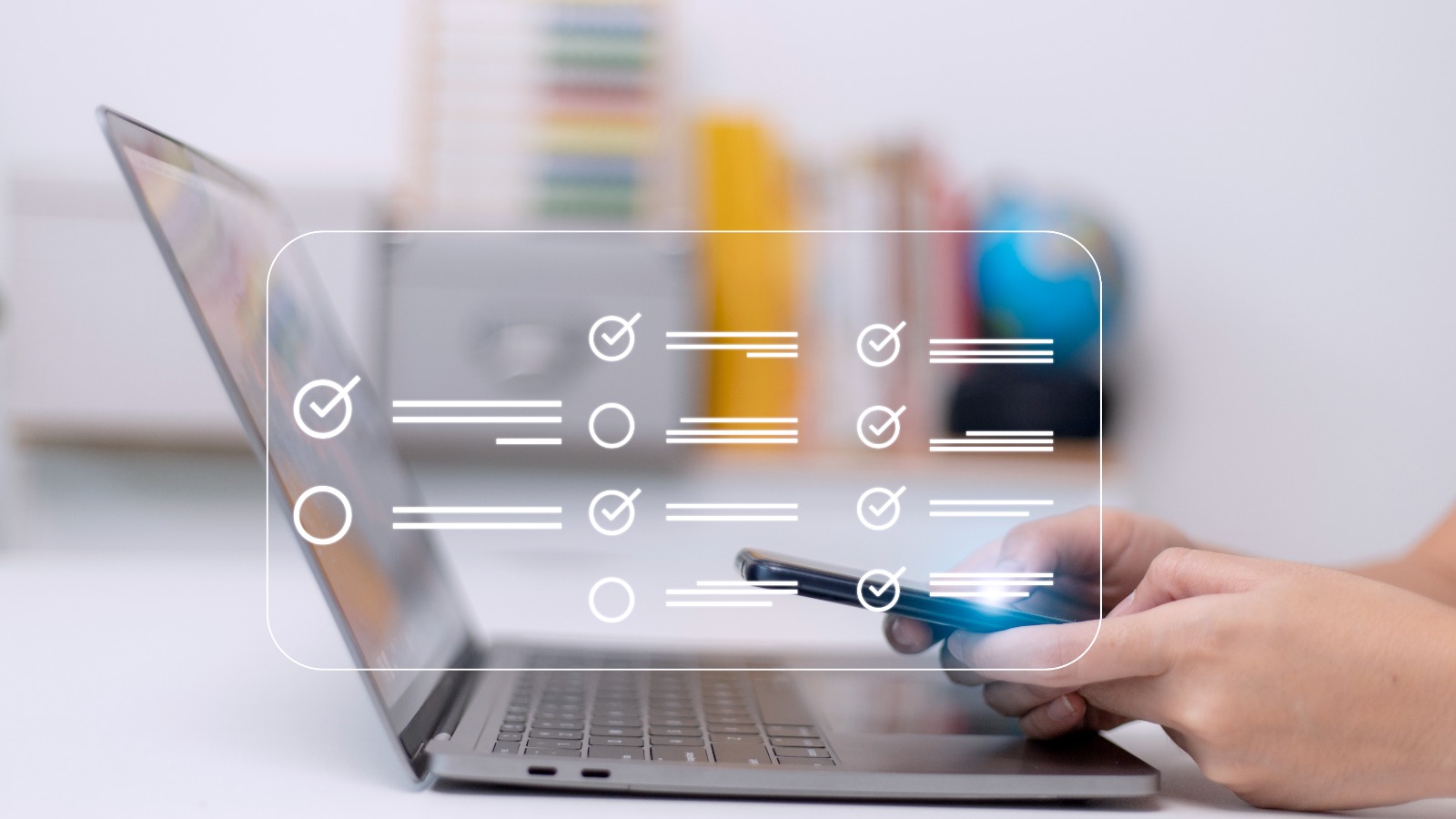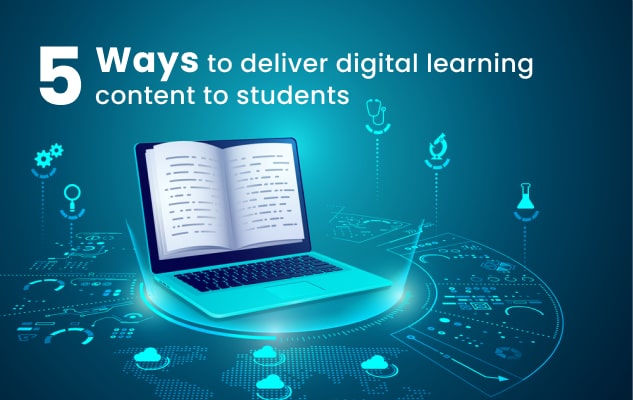
As we have seen the world in a pandemic state for the last two years, lockdown and social distancing have become the ultimate solution to reduce the epidemic to an extent. Students are the worst affected due to the school closures, reduced face-to-face interaction, and with low outdoor exposure. As a result, to resume school operations and digitize learning, educational institutions have invested in the School Management System.
Above all, digital learning is replacing traditional classrooms. Digital gadgets have become a way of grasping information from anywhere anytime. But the knowledge of using digital learning content is on demand for both teachers and students. Many teachers are still not aware of how to integrate digital learning into the classroom.
1. Implement videos for your teaching sessions
2. Encourage students to listen to podcasts online
3. Connect your students virtually to other students all around the globe and provide a global digital learning platform. Let them learn, share ideas, and speak to other children about what they are learning at school.
Are you looking forward to ways that boost student engagement and make the learning environment easier? In digital classrooms, teachers need to enhance their presentations with visual effects. So how do you utilize technology in digital learning?
1. Engaging in games for learning
Have you implemented ramified learning? Integrating technology and fun into computers makes children learn with excitement. Group students in teams and virtually set questions for them to search and find the correct answers. However, this teamwork engages them to encourage learning by themselves.
2. Integrating technology with social platforms
These days students wish to spend more time on social media. Why don’t you integrate classroom technology into social media? This is one of the most effective ways of connecting students to digital learning, lesson planning, etc. In addition, you can create a Facebook page for each classroom, put topics on discussions, or post Twitter hashtags that students make use of these to discuss their class sessions or conduct FAQ.
3. Get Feedback from Students
What is the motive behind digital learning? The answer is right here… To enable children to learn with real-time experience and with visual effects. However, getting feedback is an effective way of evaluating them, analyzing what works and what doesn’t work for students, and also closely watching their problems and resolving their queries. Just receive their opinions, and conduct online surveys, and FAQ platforms to track their concerns. Make use of classroom hashtags to tweet student feedback on Twitter.
4. How about showcasing digital content?
For instance, creating digital content is another way of boosting visual learning. Children can express their creative talents and suggest learning styles. Encourage them to post blogs, videos, podcasts, eBooks, etc. to boost them to digitize their learning. Therefore they become creative learners.
5. Set Google Calendars
Post important classroom updates, due dates for assignment or project submission, and classroom updates in classroom Google calendars. Keep parents also updated by sharing calendars so that they are notified of their child’s learning.
6. Multimedia presentations
Add visual effects, photos, videos, etc. in your class presentations to engage the class with enthusiasm. While incorporating slideshows in digital content, boosts engagements, and interactions of students irrespective of the intensity of topics.
7. Support students with online activities
Once students complete their assignments or projects early, without waiting for other students to end the session, they can visit a learning station; play gamified learning, or do other online activities. However, students get encouraged in learning and approach in a funny manner.
1. Share topic-wise content videos from YouTube
Teachers need not develop content videos themselves. They can get quality videos from YouTube and list relevant subject videos as per their syllabus. Through School Management Software, teachers can share their video structure most efficiently. It is purely student-friendly, in other words, they can easily access it from anywhere anytime.
2. Live Zoom Classes
For some instance, every student might not join the live class at the same time because of internet issues. Therefore, record your live class and share it on the School Management System for easy access for students whenever they require it. In addition, they can utilize these contents during their revisions or those who have no idea of the topic.
3. Make use of a Screen recorder
Some might feel shy or uncomfortable in the case of video recording. Screen recorder is one of the most effective ways of delivering content with voice-over. It’s just a matter of a laptop or computer and headphones to record quality classes. Set a small PPT or PDF and keep it as a reference in the e-book for audio recording.
4. Apply Phone for Video Recording
Some of the teachers prefer teaching in a live experience. They might support classroom ways of expressing content, short and point-wise. For instance, you can use a phone or professional camera for recording classroom videos.
5. Live Teaching
Teachers can employ a two-way mode of teaching digitally either YouTube live streaming method and then by attaching a link in School Management Software or by utilizing pocket-friendly mobile apps. In YouTube live method, teachers should create their own Google account. What if you attach the link to the mobile app? Students can access the video from anywhere anytime. Through a direct mobile app, you can start recording via your phone. In addition, you have Q&A options; screen sharing options, and moreover can keep your live face on a corner screen so that children experience real-time learning in the classroom.
Digital learning content is however a centralized data for future access of students at the time of revision and exam eve for better decision making. Students can access audio classes via flashcards during revision. In addition, teachers can share reference videos on YouTube.
